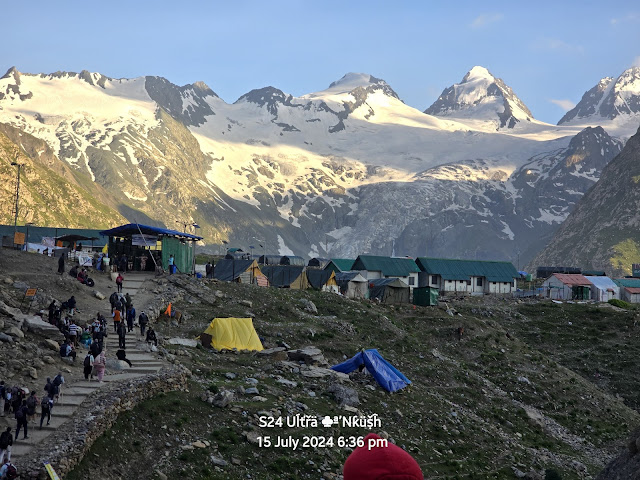Guru Arjan, the fifth Sikh Guru, was executed by orders of fourth Mughal Emperor Jahangir, who ruled from 1605 to 1627. He was charged with treason because he had given shelter to Prince Khusrau at Tarn Taran, who had rebelled against his father Jahangir for the Mughal throne.
Khusrau was captured, confined and subsequently killed by Shah Jahan (fifth Mughal emperor) in 1622.
Guru Arjan was at first fined by the Imperial Mughal power, but as he refused to pay the fine he was sentenced to death. However, famous Sufi saint of Chistiyya order, Shaikh Nizam Thaneswari, was banished by the emperor to Mecca for the same offence. This was an unwise political decision by Jahangir because this sowed the seeds of acrimonious relations between the Mughals and the Sikhs.
Ceremony for Guru Arjan Dev Ji’s death anniversary takes place in Lahore (Pakistan) at Gurdwara Dera Sahib which commemorates the spot where he died in 1606.





























